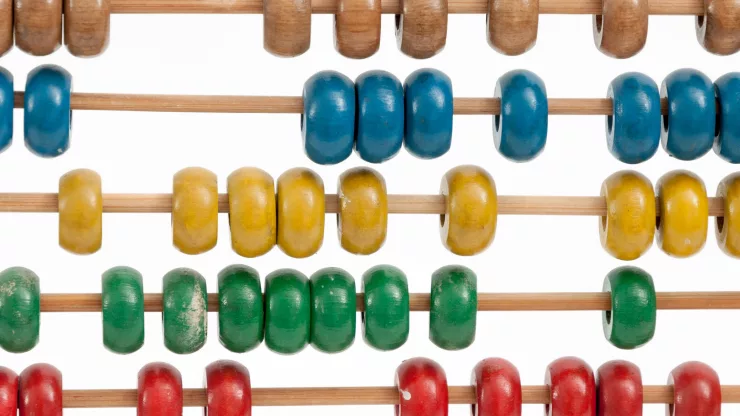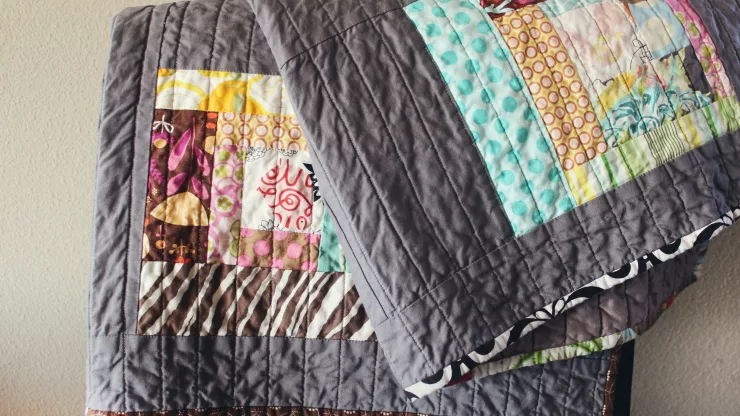Jump to Section
The Art of Pottery Making
Pottery making is a centuries-old craft that involves shaping clay into functional or decorative objects. From cups and bowls to vases and sculptures, pottery making has been a popular art form across cultures and civilizations.
Today, pottery making is not only a creative pursuit but also a therapeutic practice that can enhance our well-being.
Pottery making allows us to tap into our creativity, express ourselves, and connect with our inner selves. By working with our hands and molding clay, we can experience a sense of flow, mindfulness, and relaxation.
In this article, we will explore the psychology of crafting happiness, the pottery process, and the therapeutic benefits of pottery making.
The Psychology of Crafting Happiness
Crafting has been shown to have numerous psychological benefits. According to research, engaging in creative activities can boost our mood, reduce stress, and increase feelings of happiness and well-being.
Crafting also allows us to tap into our creativity, enhance our self-esteem, and express our emotions.
Pottery making, in particular, can be a powerful tool for enhancing our well-being. It allows us to engage in a tactile and sensory experience, which can be soothing and grounding.
Pottery making can also provide a sense of accomplishment and mastery as we learn new techniques and create beautiful objects.
From Clay to Creation: The Pottery Process
The pottery process involves several stages, from preparing the clay to firing and glazing the finished product. Here are the basic steps of the pottery process:
- Wedging: This involves kneading the clay to remove air bubbles and make it more pliable.
- Centering: This involves placing the clay on the wheel and using your hands to center it.
- Shaping: This involves using your hands and tools to shape the clay into the desired form.
- Drying: This involves letting the clay dry slowly to prevent cracking.
- Firing: This involves heating the clay in a kiln to harden it.
- Glazing: This involves applying a layer of glaze to the pottery to give it a smooth and shiny finish.
- Firing again: This involves heating the pottery in the kiln again to set the glaze.
The Therapeutic Benefits of Pottery Making
Pottery making has been shown to have several therapeutic benefits, including:
- Stress reduction: Pottery making can be a calming and meditative practice that can help reduce stress and anxiety.
- Mindfulness: Pottery making requires focus and concentration, which can help cultivate mindfulness and presence.
- Self-expression: Pottery making allows us to express ourselves creatively and emotionally, which can be therapeutic and empowering.
- Sense of accomplishment: Pottery making can provide a sense of accomplishment and pride as we create beautiful and functional objects.
Pottery Making as a Mindfulness Practice
Pottery making can be a powerful mindfulness practice that can help us cultivate presence, awareness, and acceptance.
By focusing on the sensory experience of shaping clay, we can quiet our minds and tune into the present moment.
Pottery making can also teach us patience, perseverance, and acceptance as we learn from our mistakes and imperfections.
Conclusion: Crafting Your Way to Happiness
Pottery making is a unique and rewarding craft that can enhance our well-being in many ways.
Whether you’re a beginner or an experienced potter, pottery making can provide a sense of joy, fulfillment, and connection.
So why not try your hand at pottery making and see how it can enrich your life?
In conclusion, pottery making is not just a creative pursuit but also a therapeutic practice that can enhance our well-being. By engaging in pottery making, we can tap into our creativity, express ourselves, and cultivate mindfulness.
So why not give pottery making a try and see how it can bring more happiness and fulfillment into your life?
FAQ
How do I get started with pottery making?
You can start pottery making by taking a class at a local pottery studio or community center. You can also purchase a pottery wheel and clay to practice at home.
Is pottery making expensive?
Pottery making can be expensive, depending on the materials and equipment you use. However, there are ways to reduce costs, such as buying used equipment or using less expensive clay.
Can pottery making be therapeutic for people with mental health issues?
Pottery making has been shown to have therapeutic benefits for people with mental health issues, such as anxiety, depression, and PTSD. However, it’s important to consult with a mental health professional before using pottery making as a form of therapy.

With a deep passion for personal development, Ben has dedicated his career to inspiring and guiding others on their journey towards self-improvement.
His love for learning and sharing knowledge about personal growth strategies, mindfulness, and goal-setting principles has led him to create My Virtual Life Coach.
Contact Ben at [email protected] for assistance.




